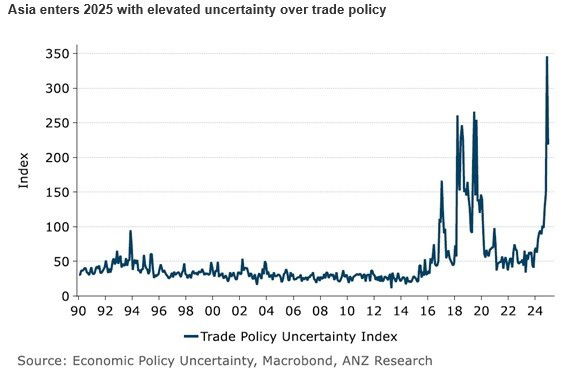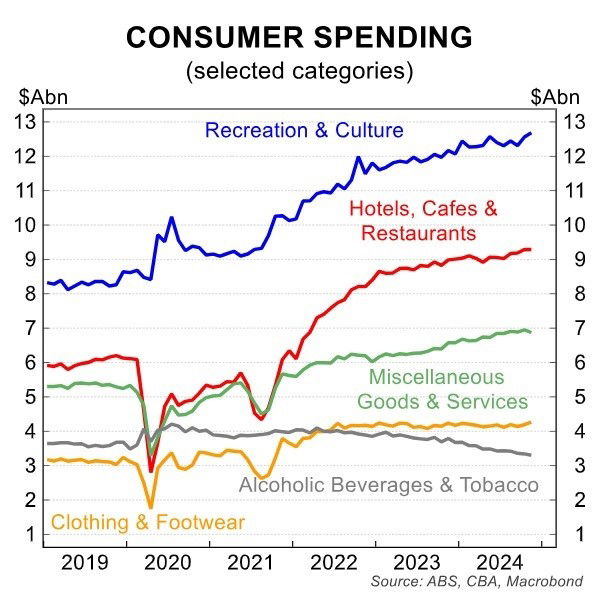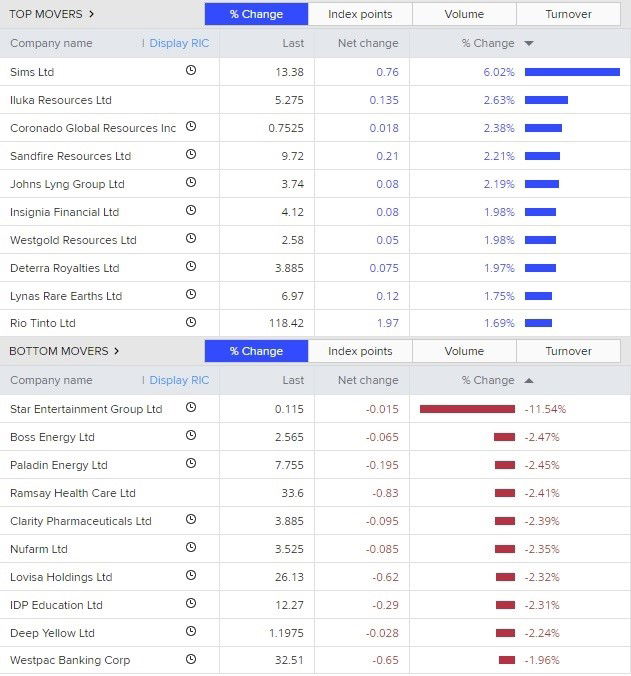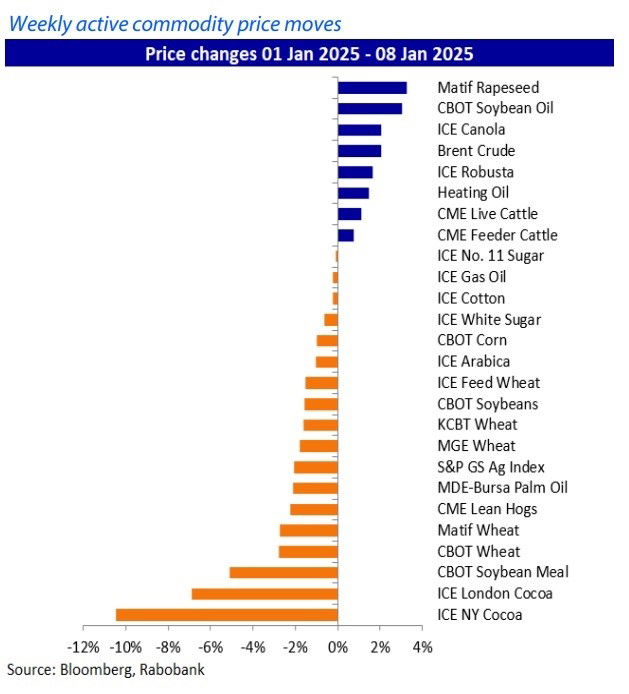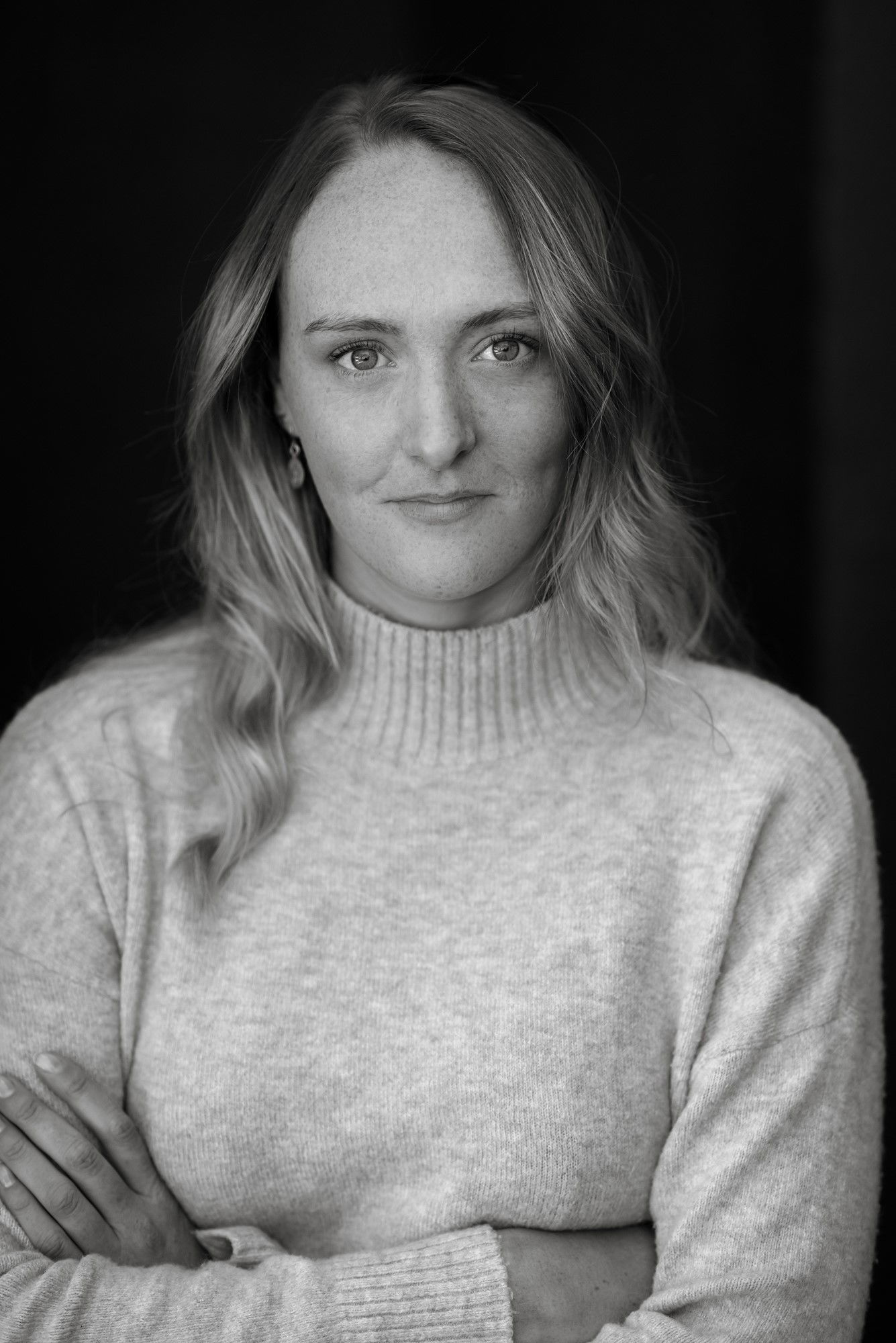The share market story of the week on the ASX has undoubtedly been the plunge in Star Entertainment’s share price.
It’s lost nearly half its (modest) remaining value in the past couple of days, falling from 19.5 cents at the close on Wednesday to as low as 10 cents so far today.
The reason was an after-hours trading update on Wednesday that revealed it only has $79 million of cash left as at December 31.
That might sound like a lot, but it has burnt through $107 million in cash (after adjusting for new debt) over the previous three months.
In other words, unless it slows its cash burn or raises new money, it will be insolvent before the end of the current March quarter.
Morningstar analyst Angus Hewitt says the struggling casino operator may not even make it to its half-year results.
“At the current cash burn, the company would be lucky to make it to its interim results on Feb. 28, 2025 without a lifeline,” he explains in a note to clients.
“Operating conditions are weak, with mandatory carded play and poor consumer sentiment weighing on the top line. Compliance and legal costs have also increased.”
Star still has to pay $10 million out of a $15 million penalty from the NSW regulator, and it may face a fine which Mr Hewitt expects to be in the range of $330 million from the anti-money laundering watchdog.
Mr Hewitt believes Star will go to the market and try and sell new shares for 10 cents each to try and raise $150 million so it can access a further $100 million in debt funding.
He now values Star at 20 cents a share, because of the high chance it could collapse.
“We now incorporate a 50% probability that Star falls into administration, and equityholders are wiped out,” he notes.
“Our going concern valuation is AUD 0.40, from AUD 0.50 previously, mainly due to the more dilutive raise.”
That’s if it can find buyers for the new shares, given how much previous investors have lost.
“We still expect a medium-term recovery in operating conditions for casinos,” Mr Hewitt concludes.
“However, Star needs a more immediate solution, and we believe it is unlikely it can trade itself out of this predicament.”


